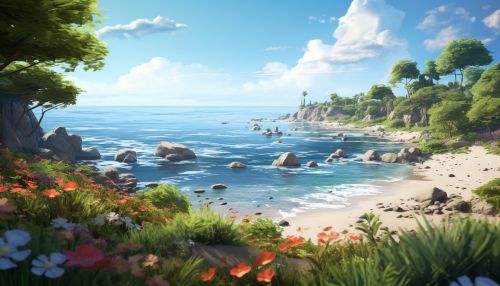Coastal Ecology
Introduction
Coastal ecology is the study of the physical, chemical, and biological interactions that occur within the coastal ecosystem. These ecosystems, which include estuaries, lagoons, mangroves, coral reefs, and sandy beaches, are among the most productive and diverse in the world. They provide a variety of ecosystem services, including nutrient cycling, water filtration, and habitat for a wide range of species.


Physical Characteristics
The physical characteristics of coastal ecosystems are largely determined by the interaction of the land and sea. This includes factors such as tides, waves, and currents, which shape the physical structure of the coastline and influence the distribution of organisms. The geology of the coastline, including the type of rock and the presence of cliffs or sandy beaches, also plays a significant role in determining the characteristics of the coastal ecosystem.
Chemical Characteristics
The chemical characteristics of coastal ecosystems are influenced by a variety of factors, including the composition of the seawater, the input of nutrients and pollutants from the land, and the activities of organisms. The salinity of the water, which can vary greatly in coastal areas due to the influence of freshwater inputs, is a key factor influencing the distribution of organisms. Other important chemical factors include the availability of nutrients, such as nitrogen and phosphorus, and the pH of the water.
Biological Interactions
Biological interactions in coastal ecosystems are complex and varied, involving a wide range of species and trophic levels. These interactions include predation, competition, and symbiosis, among others. The diversity of habitats in coastal ecosystems, from the intertidal zone to the open ocean, supports a high level of biodiversity. Key groups of organisms in coastal ecosystems include plankton, seaweeds, invertebrates, fish, and birds, among others.
Human Impacts and Conservation
Human activities have a significant impact on coastal ecosystems. These impacts include pollution, overfishing, habitat destruction, and climate change. Despite these challenges, there are a variety of conservation strategies that can be used to protect and restore coastal ecosystems. These include the establishment of marine protected areas, the restoration of degraded habitats, and the implementation of sustainable fishing practices.
